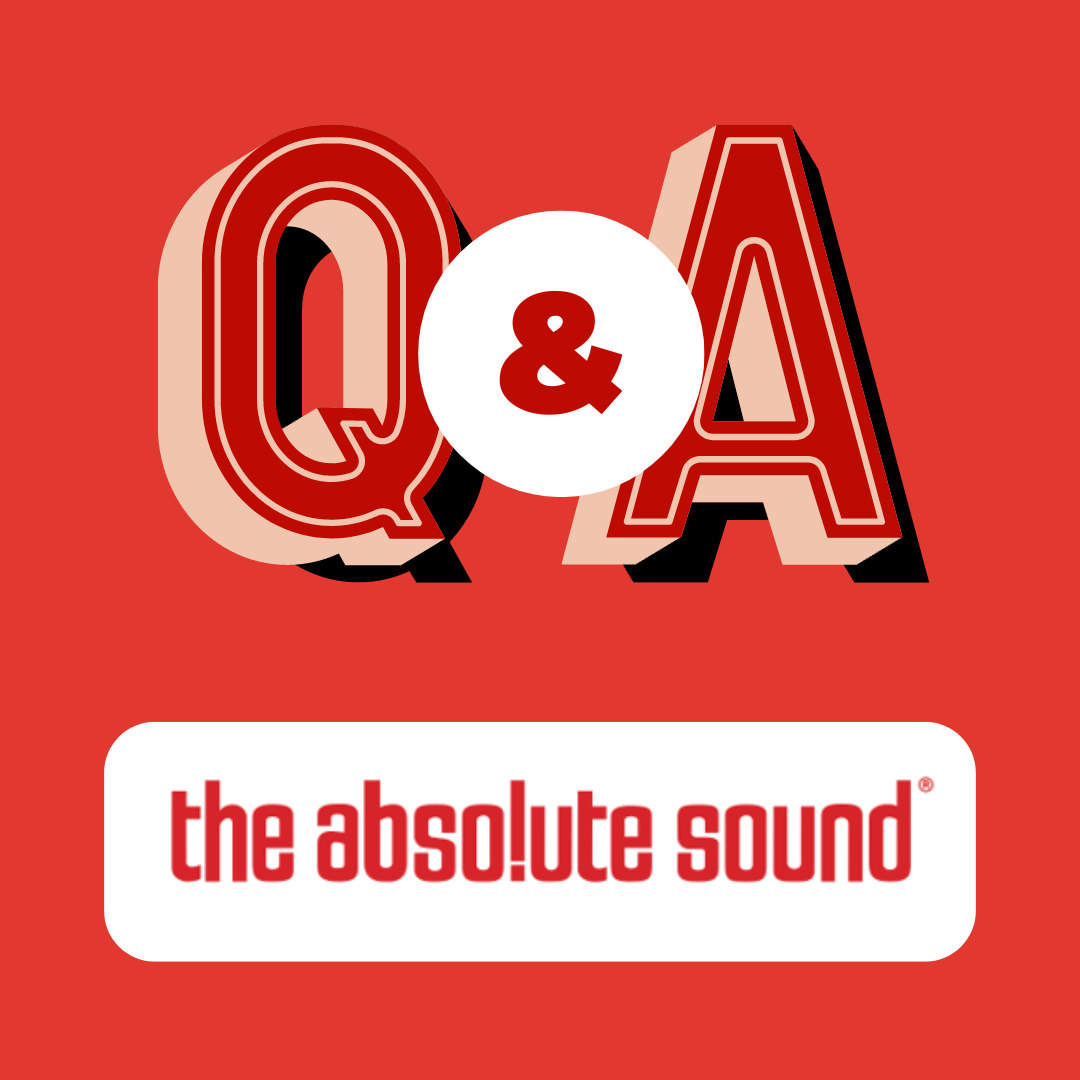Question:
How does ribbon speaker frequency response and dynamic sound compare to conventional cone speakers?
Answer:
As with all such questions, many elements depend greatly on implementation. But we can suggest a few differences that you will experience fairly consistently.
Let’s start by talking about traditional ribbon drivers, where the foil that carries the music signal is also the material that moves the air. This is different from planar magnetic drivers or electrostatic drivers. With planar magnetics, the audio signal is carried by a wire that is glued to the diaphragm. In an electrostatic, the audio signal is carried by a perforated sheet that is separate from the diaphragm. These distinctions are important because true ribbons are generally used only for tweeters. So, we’ll start with ribbon tweeters, and note that some of this applies to planar magnetic and electrostatic tweeters as well.
• Ribbon tweeters will tend to be long in the vertical dimension and narrow in …
Keep reading with a 7-day free trial
Subscribe to The Absolute Sound to keep reading this post and get 7 days of free access to the full post archives.





